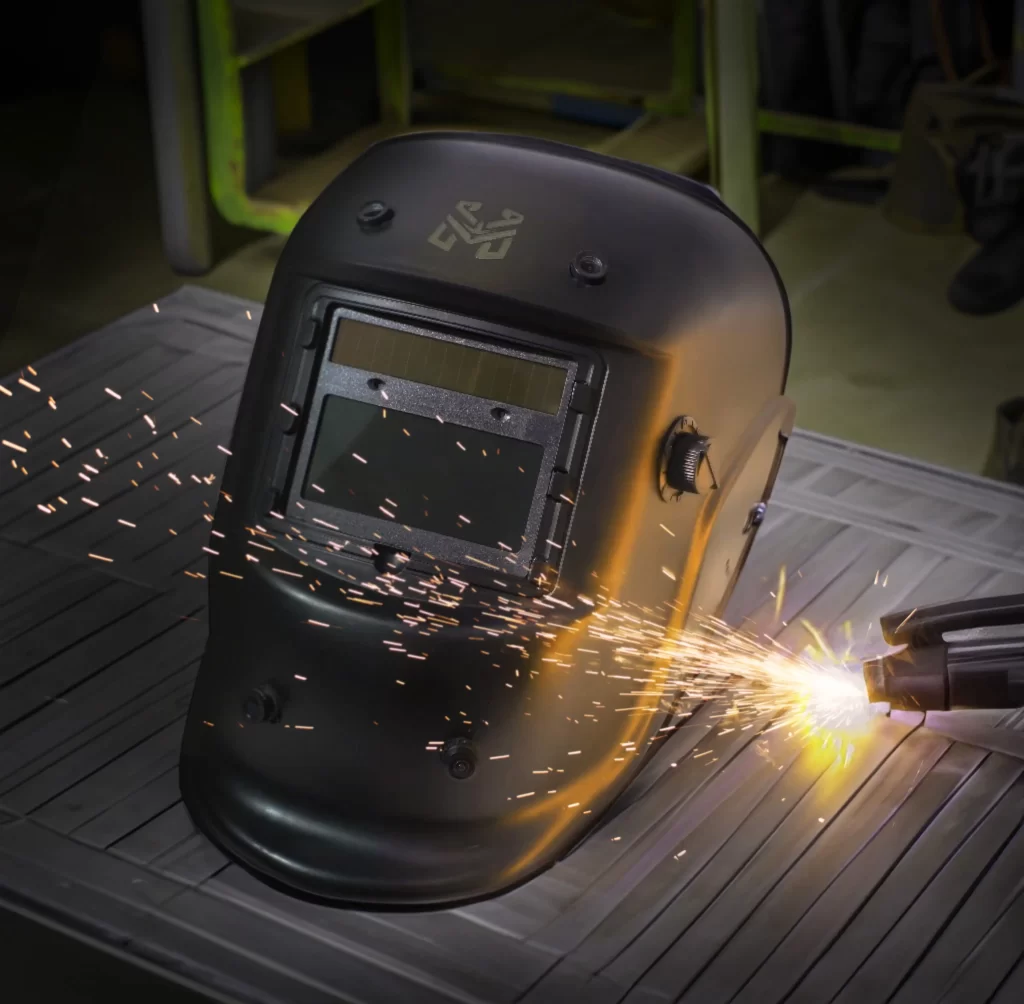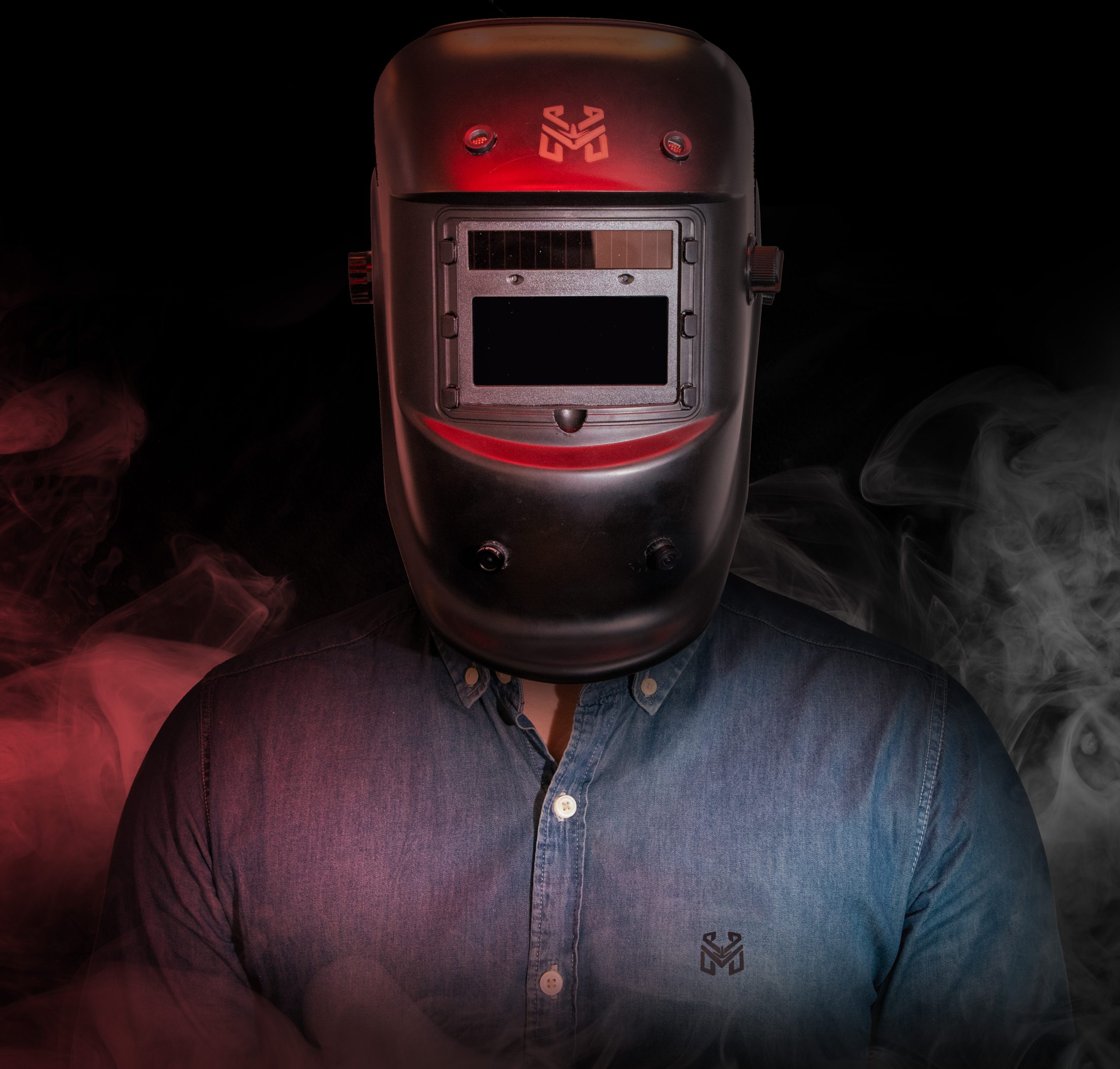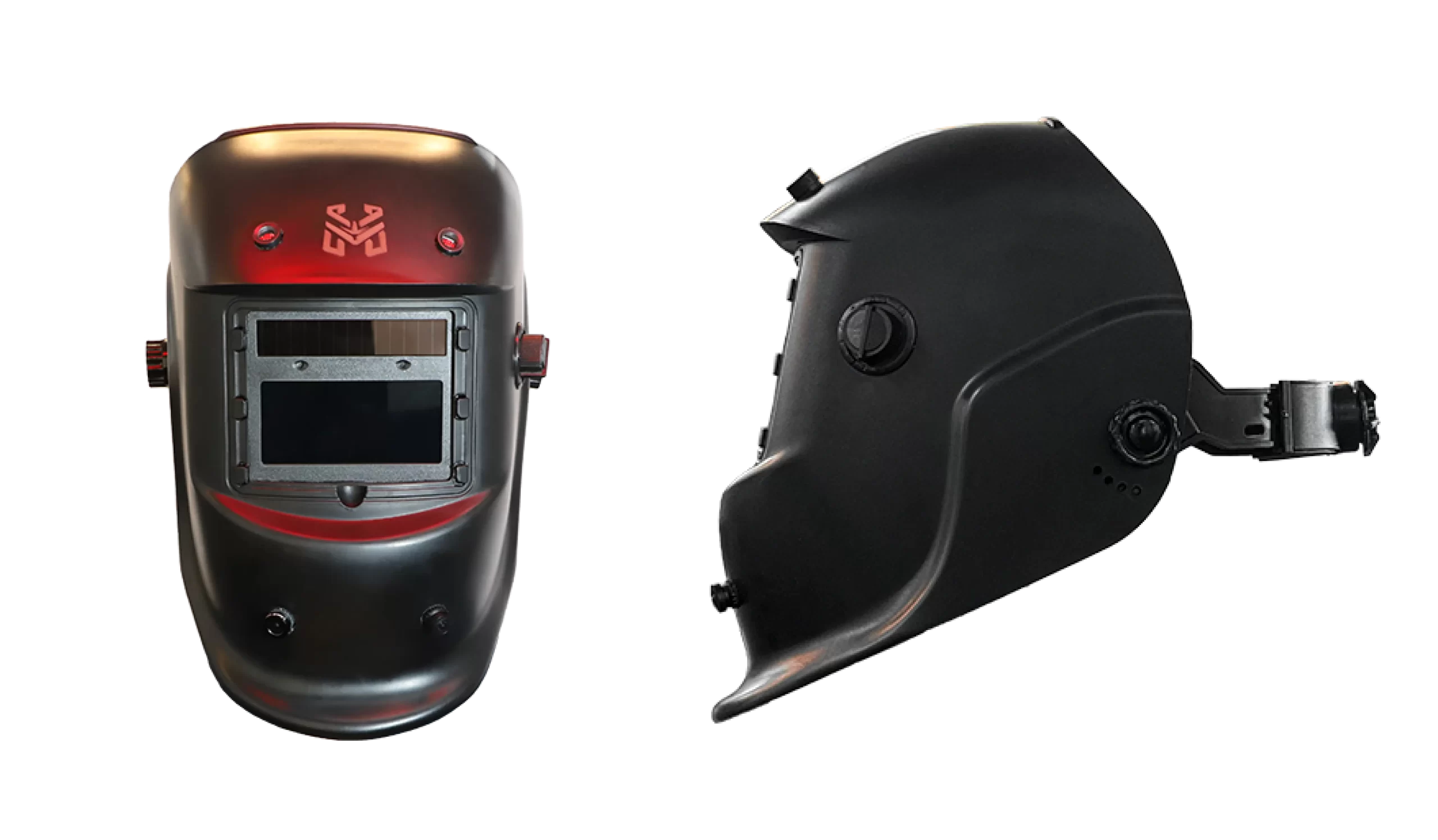What Is the Problem We Address?
Inspection is one of the key aspects of the welding process that ensures whether the weld is safe or not. NDE methods are manual among the current methods of weld inspection, however, these methods still have their limitations. Welding inside important structures like construction, shipyard, underwater, boilermaker, rig welders, etc., is challenging, given that welding often takes place in high places or narrow areas. Therefore, two main problems with current methods are:
- The need for a skilled operator to apply NDE methods is challenging
- Inspections done by human operators are only 80% accurate due to human error
- People get tired or distracted, and even the most trained professionals make mistakes
- Reliance on human inspectors increases the cost of inspections
- Individual inspectors can interpret results differently
- The necessity for material contact makes these methods sometimes impossible to use
- It is time-consuming
- the post-production documentation is costly
- It is dangerous in the case of radiographic


How We Solve the Problem?
Helios is an innovative helmet that is equipped with grinding and auto-darkening modes that will protect the welder, the mounted infrared (IR) sensors, and optical detectors against the ultraviolet rays of arc welding. Our product is an AI-powered helmet that provides real-time welding defect inspection using on-device processing (edge computing) technology along with thermal and optical images connecting to a vast dataset and deploying an automatic feature extraction step that will be effective for the reconnaissance of the flaws. Helios will reduce costs, speed up processes, and improve security. Furthermore, it can store results for future evaluations and maintain high accuracy.
Helios Helmet

Air Conditioner
Adjustable Headbands
Headgear
CMOS Camera
Laser Triangulation
IR Camera
Auto-Darkening Filter
Features
AI-Powered
The Helios Helmet integrates a high-resolution CMOS camera for surface defect analysis and an IR camera for internal defect identification. Powered by an AI engine, it employs advanced image processing and deep learning algorithms to swiftly detect defects. The CMOS camera examines surface imperfections, while the IR camera detects hidden anomalies through thermal imaging. This comprehensive solution enhances quality control in industries, optimizing inspection processes with precision and efficiency.
Modules
The Helios welding helmet features infrared (IR) sensors, a CMOS camera, and an ND filter. With these components, Helios achieves precise inspections for external and internal defects. The ND filter safeguards the eyes and equipment by reducing light intensity. The real-time welding monitoring system utilizes a CMOS sensor covered by an ND filter for optimal performance.
Auto-Darkening & Grinding Mode
The Helios welding helmet combines Auto-Darkening Mode and Grinding Mode for enhanced functionality. In Auto-Darkening Mode, the helmet automatically adjusts the lens darkness based on preset shade levels, providing protection against UV rays. The Grinding Mode offers improved visibility during grinding operations by presetting a lower shade level. This eliminates the need to remove the helmet, improving both safety and productivity for welders.
Data Storage
Helios Helmets have the capability to record welding processes by capturing and storing images and videos, allowing for the creation of comprehensive defect reports. With Helios, users have the flexibility to choose between local and cloud data storage options. Cloud storage involves storing digital data in an online space, while local storage refers to the storage of data on physical devices like micro SD cards.
Popular Questions
After the welding is completed, the result needs to be inspected due to a variety of reasons. One of the most fundamental reasons is to determine whether the weld meets the standards for its intended use or not. It is necessary to have a form of measurement and a set of criteria to evaluate the weld’s characteristics. Therefore, often a qualified individual is hired to perform the evaluation. Evaluation of weld characteristics includes the size of the weld and the presence of discontinuities. The size of a weld can be extremely important, as it often correlates directly to the strength and associated performance.
In general, there are three main types of NDE methods for weld monitoring: optical-based, thermal-based, and acoustical/ultrasonic-based. The optical detector (e.g., CCD or CMOS camera, ultraviolet) is one of the most widely used methods for monitoring the welding process because of its relative simplicity and efficiency.
The helmet has to protect the welder against the ultraviolet rays of the welding arc. When striking an arc, the arc sensors on the helmet will sense the flash and auto-adjust the polarization filters and the LC-cell layers. The LC-cell layers will twist to reflect more light. You will notice an immediate change in the darkening level, adjusting light sensitivity. When you stop welding, the same arc sensors that pick up on the arc will notice the lack of light and make changes to lighten the lens.
Welding defects can be classified into two types, external and internal defects and our helmet can detect both. The defect may be the result of a difference in the desired weld’s bead shape, size, and intended quality. Welding defects may occur either outside or inside the weld metal. Some of the defects may be allowed if they are below permissible limits however other flaws such as cracks are never acceptable.
Helios is an AI-powered helmet that provides real-time welding defect inspection using on-device processing (edge computing) approach. Our helmet can reduce costs, boost welders’ productivity, and improve safety during and after the welding process.
No, our helmets are not heavier. Helios helmets are designed to be comfortable and not to put too much pressure on the neck and shoulders. It is possible to wear them for extended periods without any discomfort. While the weight does not differ much from regular helmets, the pressure is distributed equally on the head because of its unique design. Furthermore, the helmet meets all Canadian safety standards.
To store data for future evaluations, users can choose either cloud storage or local storage.